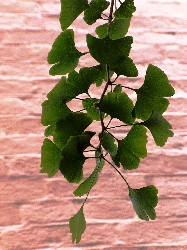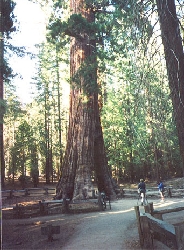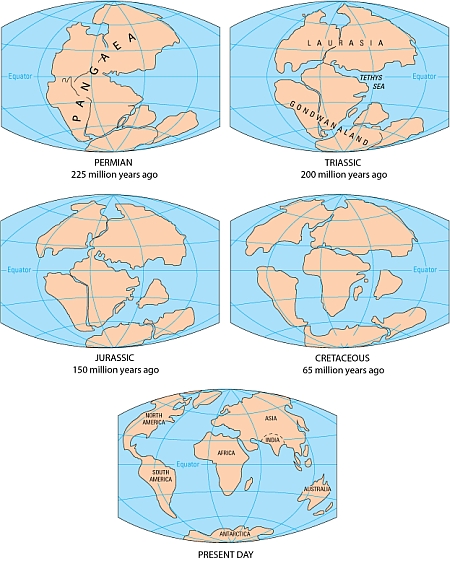Supplément 4.1: Endémisme (1/2)
Le concept d'endémisme
Une espèce dont la répartition est limitée à une zone donnée est dite endémique à cette zone. Une zone qui abrite un grand nombre d'espèces endémiques est une zone à fort endémisme, tandis qu'une zone qui abrite un petit nombre d'espèces endémiques est une zone à faible endémisme. L'endémisme peut être considéré à différents niveaux systématiques, comme l'endémisme des espèces, des genres ou des familles.
Classification des espèces endémiques
Les espèces endémiques peuvent être classées selon différentes caractéristiques. Les principales caractéristiques sont les suivantes :
- répartition,
- lieu d'origine,
- âge,
- taxonomie.
L'aire de répartition d'une espèce peut être vaste, couvrant tout un continent, ou très restreinte, ne couvrant que quelques mètres carrés. Le lieu d'origine peut être autochtone (indigène) ou allochtone (exotique). Il existe de grandes différences dans l'âge (phylogénie) des espèces endémiques. Dans le règne végétal, par exemple, il existe des espèces très anciennes et isolées, datant du début du Crétacé (il y a environ 150 millions d'années). Parmi ces espèces endémiques archaïques, on peut citer le ginkgo ou arbre aux quarante écus (Ginkgo biloba) en Chine et le séquoia géant ou grand arbre (Sequoiadendron giganteum) en Californie.
D'autres espèces endémiques plus récentes se sont développées dans des zones confinées à la suite d'une mutation. Elles sont appelées néo-endémiques ou endémiques progressives et ont moins de 3 millions d'années. De nombreuses espèces végétales néo-endémiques de Saxifraga (saxifrage), Primula (primevère) et Gentania (gentiane) peuvent par exemple être trouvées dans les vallées des Alpes du Sud.
Causes de l'endémisme
Il existe deux causes principales à l'endémisme : la présence de barrières et/ou l'immobilité d'une espèce. Les barrières peuvent être représentées par exemple par des montagnes, des océans, des lacs, des rivières ou des déserts. Au cours de l'histoire de la Terre, la formation des montagnes s'est déroulée en différentes phases, chacune d'entre elles ayant été suivie par le développement de nouvelles espèces endémiques. Il y a environ 200 millions d'années, le supercontinent Pangée a commencé à se fragmenter (voir figure ci-dessous). Cela a conduit à l'isolement des continents et des îles, où la vie animale et végétale a commencé à se développer de différentes manières.



